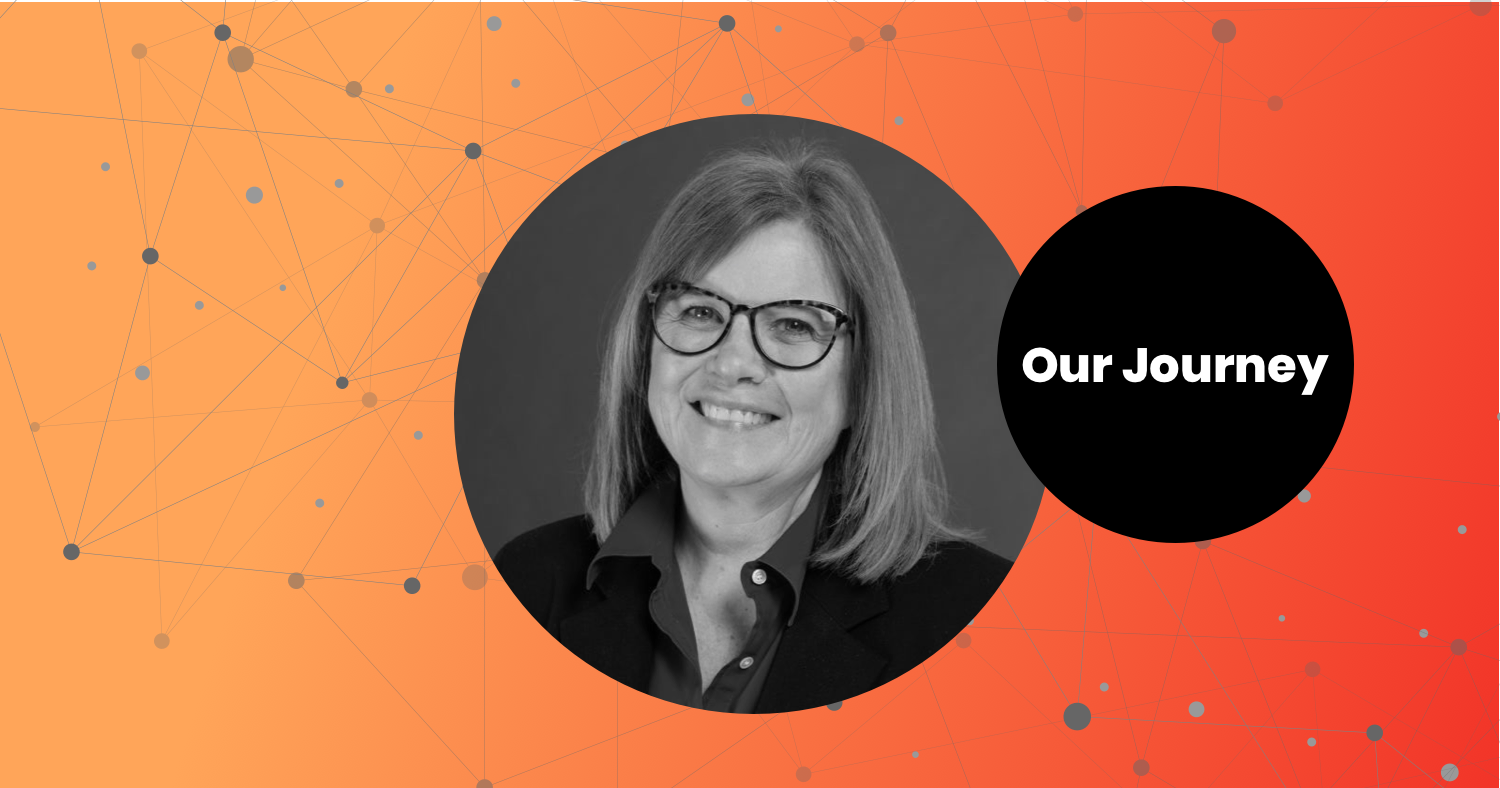This blog series shares the curriculum implementation journeys of districts across the country, through interviews with each of our squad members.
In your district, what problem or data prompted you to adopt a new literacy curriculum? How did you hope the curriculum you chose would help you address it?
For some years, our district has been working on building teachers’ ability to use high-impact instructional strategies, but often we were using them with instructional materials that were below grade level. The gaps between student groups continued to widen even as we got better at using the strategies! Then in 2018 we went to the Standards Institute, where we realized that we needed a scope and sequence that was the same across the district so that we could ensure all students were getting high-quality instruction at grade level every day. The other big driver we identified was the need for a phonics approach that went beyond the Orton Gillingham interventions we were using. We needed all of our kids to get phonics, and to get vocabulary, and to have access to materials that were culturally relevant and knowledge building. We were looking for the whole package, and we found it in EL Education Language Arts.
What shifts in mindset were necessary for a successful implementation? How did teachers’ mindset change? How did leaders’ mindset change?
The first nine weeks were really difficult. It took time for us to understand where the instructional strategies we’d learned lived in the curriculum and why the lessons were so detailed. The real shift came with student writing, because teachers saw that student work products were so much better than they had ever been. They realized that the slow and meticulous building of knowledge and skills in the lessons had enabled students to make connections to their own lives and to want to advocate for their own communities, and then to be able to write it down.
At first some teachers said “this is too hard. The text is too hard for my students to read. The task is too hard.” Or they pushed back on reading aloud to fifth graders. But when they carefully followed the detailed lessons, teachers discovered that students, even students who were pulled out of ELA previously, were able to discuss with amazing insight the people and the experiences and the issues they were reading about. They were able to make connections to their own challenges and hardships. They were rereading the text to find information and using evidence in their discussion. When we started to hear these stories, we invited some of the teachers to share their experiences in a video that we could share with others. That’s when teachers’ mindsets really changed to embracing the idea that all kids can do the work and that they themselves could do the hard work of learning the curriculum so their kids could succeed.
How is this curriculum work driving greater equity in your district? What are teachers, leaders, and students doing differently to achieve a better outcome?
This curriculum has really leveled the playing field. Students who normally would have been pulled out of the classroom for different instruction are able to participate in grade-level work because the supports for them are built right into the curriculum. We don’t have all the data yet, but we can see that we didn’t lose as much ground during the pandemic as other districts in Iowa, even the suburbs which outscore us all the time. The other data point we’ve noted is that students are participating more, putting their heads down on the desk less. That’s a real win, and we know that an engaging curriculum will pay off down the line in performance as well, because students like what they are reading and learning.
What missteps did you make along the way that others can learn from? What would you do differently if you could do it over?
If we did it over again, we would make sure that all of our teachers got the advanced PD with EL so that they would have really solid professional learning around the curriculum and experience unpacking the lessons prior to them ever digging into the materials. We would also ensure that we had a couple more touch points with teachers in that first semester. As it is, we just sort of jumped in with implementation and we had to backpedal some and fill in gaps to reach all of our teachers. So what we learned is that you’ll be much more successful if you give teachers the time and learning up-front before you expect them to use new materials in the classroom.
Can you share one exemplary aspect of your implementation that might be a model for other districts to follow?
We really strive to empower our building leaders to make instructional decisions appropriate for their setting. We’ve been very intentional about supporting them with the full suite of PD, including academic vocabulary and foundational skills, that the teachers get and also differentiating our support so that when leaders take the learning back to their teachers they can do so in a way that fits into their unique implementation needs either in PLCs or school-directed days. Also, our coordinators in math and literacy have monthly touch points with leaders and support them with solving questions that come up, for example, “What would a tier two response in their curriculum look like?”
Finally, we do regular walkthroughs with leaders as partners, not as evaluators. The principals and the district leaders look at the implementation indicators from the walkthroughs and the student outcome data side-by-side, and that really helps us to analyze what we can do better and what’s really working. Building leaders feel like they are growing right alongside their teachers and we’re all motivated by supporting the students to succeed.

